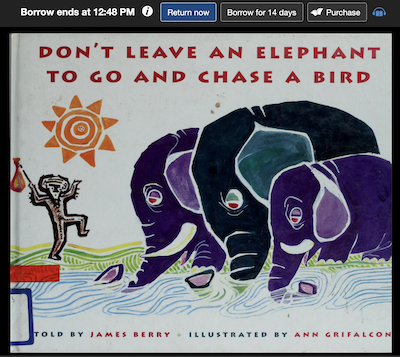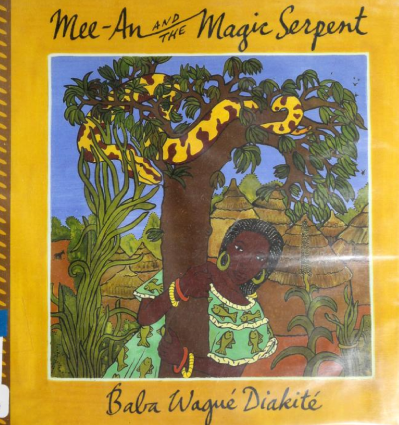Meanwhile, as always, you can access the spreadsheet here: African Tales Spreadsheet, and also by the link in the tab navigation above.
In the spreadsheet, you'll find links for each story to the Internet Archive page, plus links to versions of the stories that I've written (more about those tiny versions of the stories here: Africa.LauraGibbs.net).
As I've explained in previous posts, you can do searches and create data filters, and you can also copy the spreadsheet for your own use. Of course you can also create your own spreadsheet of the Internet Archive resources you are curating (for your own use or perhaps for your students), and if you think it will be useful to others, perhaps you will share that publicly also!
I'll be back tomorrow with the round-up of books from this week, and I'll wish everybody a HAPPY NEW YEAR!


















































